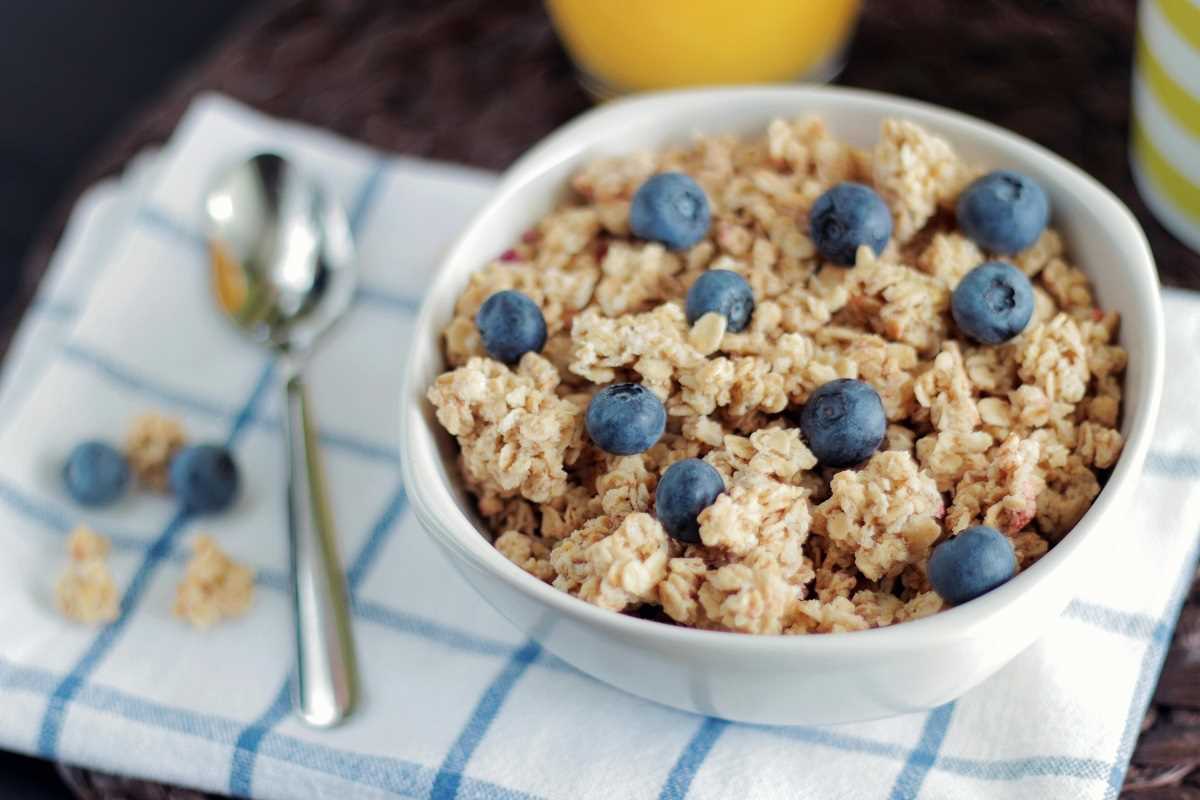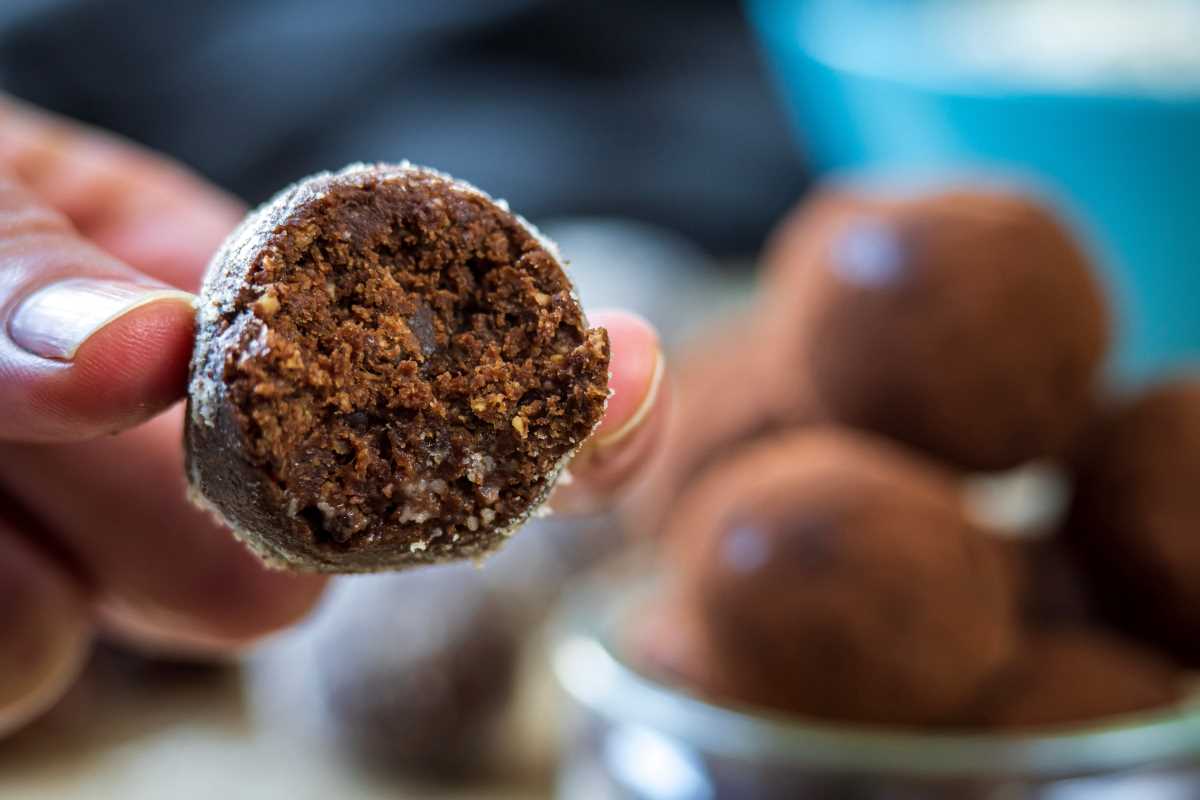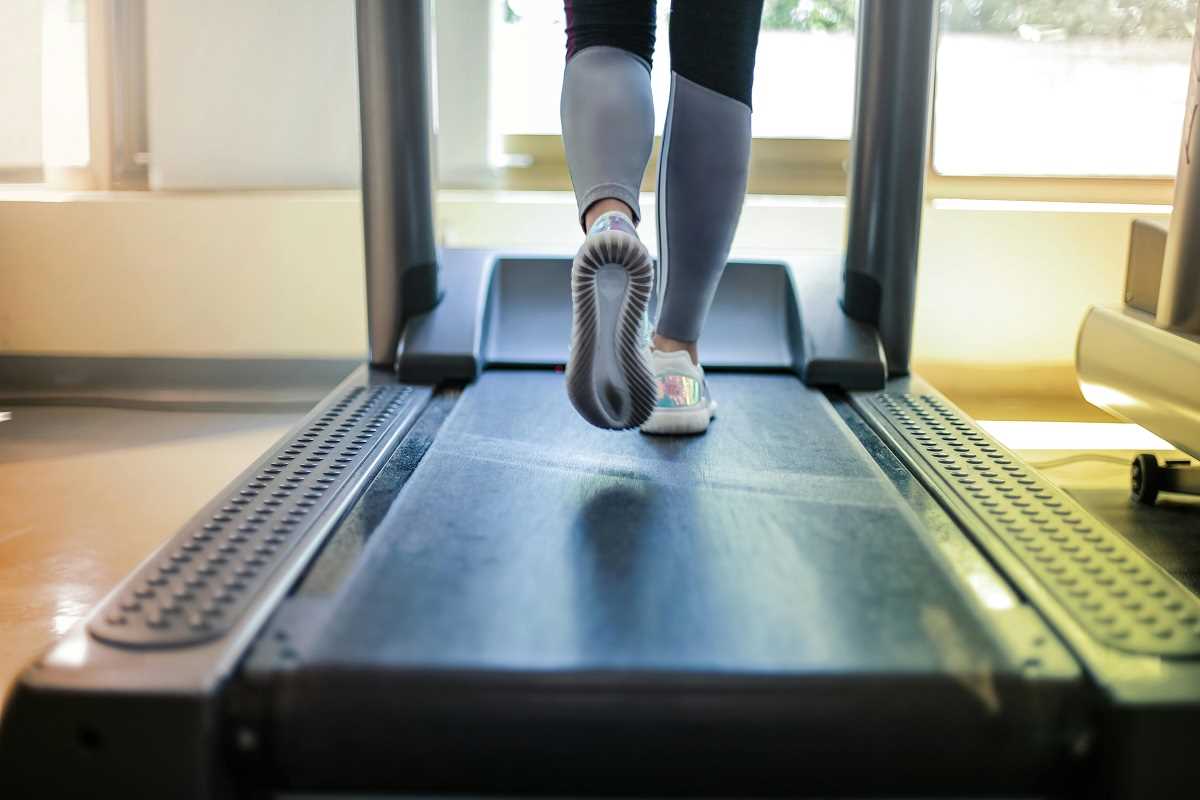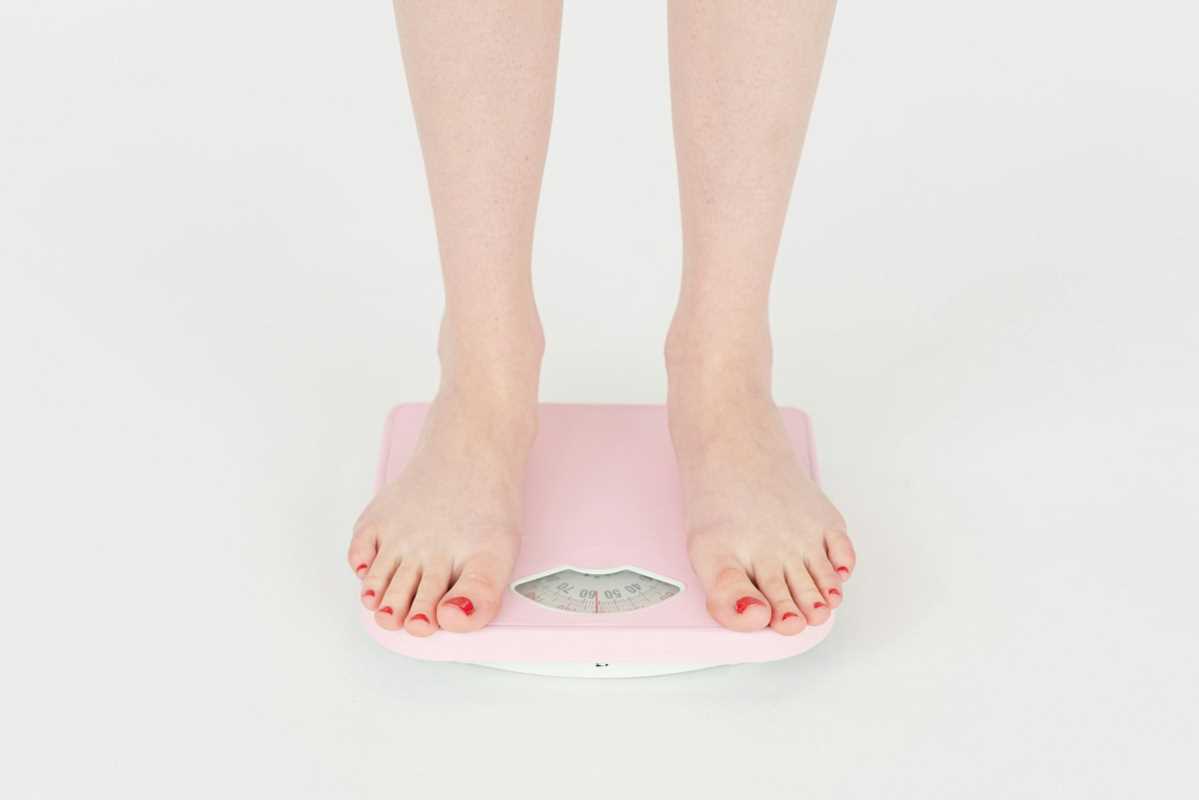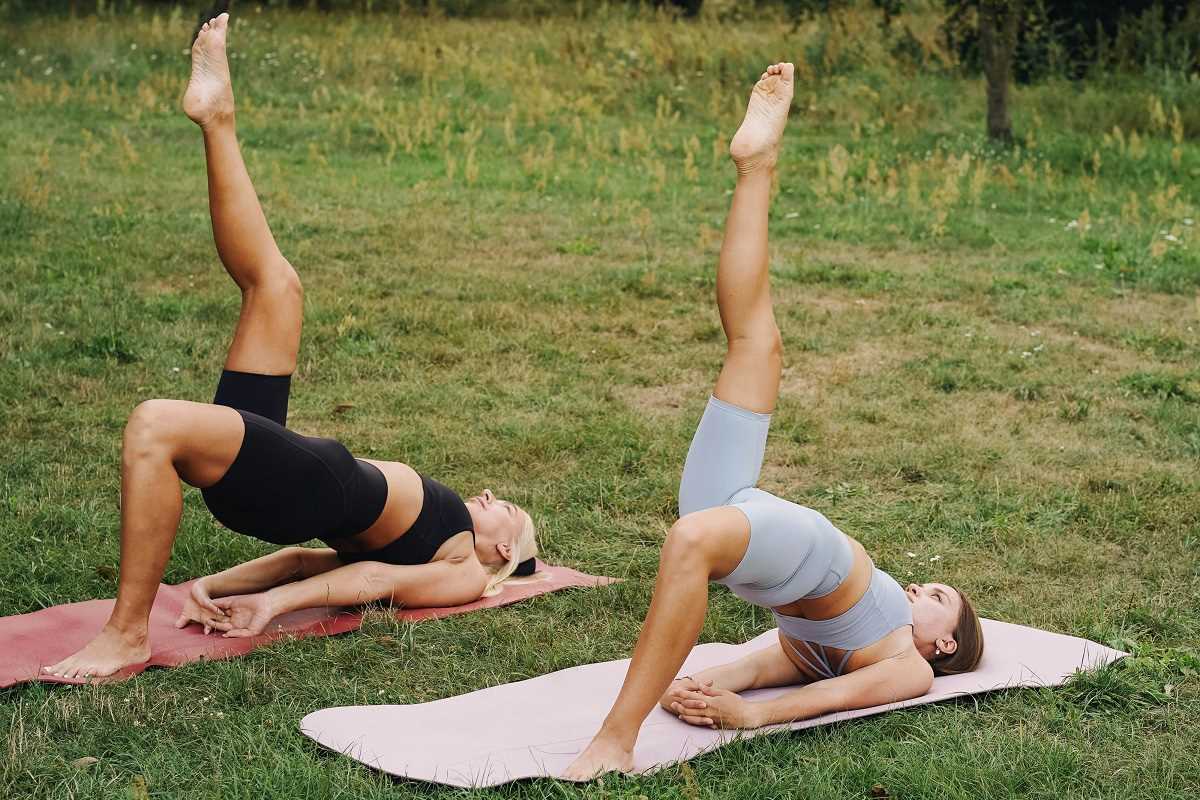Shedding weight right at home is simpler than you might think. With a wide range of virtual programs, minimal equipment needs, and personalized routines, achieving fitness goals no longer requires a pricey gym membership or complicated setup. Whether you're embarking on a fitness journey for the first time or seeking ways to keep your routine fresh, at-home workouts are an excellent solution.
This guide will provide you with everything you need to know to create an effective at-home workout plan that will help you burn calories, gain strength, and feel amazing.
Why Choose At-Home Workouts?
At-home workouts offer unparalleled advantages, making them especially appealing in today’s busy world. Here’s why they work for so many people:
- Convenience: Workout sessions are always just a step away, saving you the time and stress of traveling to a gym. Whether you prefer mornings, evenings, or a midday boost, you remain in charge of your schedule.
- Cost-Effectiveness: Forget gym membership fees or expensive gear. All you need are household items and your motivation to get started.
- Customizable: No two individuals have the same fitness level or goals. At-home routines are endlessly adjustable to suit your specific needs, giving beginners a safe place to start and seasoned athletes a way to intensify their training.
- Privacy: Not everyone enjoys the public atmosphere of a gym. Exercising in the comfort of your home can provide a worry-free environment for self-conscious beginners to build confidence and form.
By understanding these advantages, it’s easier to see why at-home workouts are growing in popularity and remain a practical approach to health and weight management.
The Core of a Successful At-Home Workout Program
To get the results you want, it’s important to include a variety of exercises that work your body from head to toe. Here are the four essential components of a balanced routine:
1. Cardio for Calorie Burn
Cardio is a powerhouse for burning calories and increasing your heart rate. The added benefit of cardio exercises is how versatile they are; you can perform them without needing any equipment at all. Here are some options:
- Jumping jacks
- High knees
- Burpees
- Dancing (try following along to your favorite songs or an online Zumba class)
- Jogging or marching in place
For fat-burning efficiency, aim for at least 150 minutes of moderate-intensity cardio exercises per week. If that sounds overwhelming, break it down into manageable sessions of 20–30 minutes, 5 times a week.
Tip: For added variety, try interval training by alternating between 30 seconds of high-intensity effort (e.g., jumping jacks at full speed) and 1 minute of slower recovery movements.
2. Strength Training for Muscle Toning
Building muscle doesn’t just make you look toned; it also boosts your metabolism, torching more calories even while resting. The best part? Your own body weight provides enough resistance for an effective workout. Mix and match these exercises:
- Push-ups (modify by dropping to your knees if needed)
- Squats and sumo squats
- Lunges (forward, backward, or side lunges)
- Plank holds
- Chair-assisted tricep dips
Start with 2–3 sessions per week, completing at least 2 sets of 8–12 repetitions per exercise. Gradually increase reps or add resistance, such as water bottles, to keep your muscles challenged.
Bonus Tip: Use furniture creatively. For instance, use sturdy chairs or ottomans for step-ups or incline push-ups.
3. Core Work for Stability
Your core muscles support nearly every physical movement, contributing to better coordination, posture, and balance. Strengthening your core also plays a significant role in sculpting your midsection. Try these:
- Bicycle crunches
- Russian twists (add a book or bottle for weight)
- Leg raises
- Side planks or standard planks
- Mountain climbers
Spend about 10–15 minutes targeting your core muscles at least 4 times per week.
4. Flexibility and Recovery
Don’t skip the cooldown! Stretching helps prevent injuries, reduces soreness, and improves your range of motion. Reserve 5–10 minutes for these simple stretches after your workout:
- Forward bends
- Cat-Cow stretch (perfect for loosening a tight back)
- Spinal twists
- Child’s pose
- Downward dog
For even greater flexibility benefits, consider dedicating an entire day to yoga or Pilates exercises.
Common Mistakes to Avoid
Even the best workout routine can be undermined by common pitfalls. Be aware of these missteps to keep your progress steady:
- Skipping Warm-Ups and Cool-Downs: Jumping straight into intense workouts without prepping your body can lead to strains or sprains. Similarly, skipping post-exercise stretches eliminates a chance to reset and relax.
- Not Listening to Your Body: Pushing through pain isn’t heroic; it’s risky. If something doesn’t feel right, modify the exercise or take a rest.
- Focusing Only on Cardio: While cardio burns lots of calories, strength training is essential for long-term muscle development and a faster metabolism.
- Doing the Same Routine: If you don’t vary exercises, your body will adapt, and your progress may stall. Mix it up to challenge new muscle groups.
How to Stay Motivated and Consistent
Motivation can waver, but these strategies will help you stay consistent with your fitness goals:
- Set Small, Attainable Goals: Break your larger weight-loss goal into achievable milestones. Celebrating small victories provides a confidence boost!
- Create a Designated Space: Having a dedicated workout area, no matter how small, makes it easier to establish a routine.
- Schedule Your Workouts: Treat them like appointments you can’t miss. Whether it’s before work, during a lunch break, or in the evening, establish consistency.
- Recruit a Workout Buddy: Partnering with a friend, even virtually, can keep individuals accountable and make exercising more enjoyable.
- Track Your Progress: Logging weight, measurements, or performance improvements can be incredibly satisfying and encouraging.
No Equipment? No Problem!
For those hesitant to invest in fitness gear, here’s how to turn ordinary household items into workout accessories:
- Water Bottles for light dumbbell substitutions
- Backpacks filled with books as weighted vests
- Towels for dynamic sliding lunges
- Chairs for step-ups, tricep dips, or balance exercises
These improvisations demonstrate that creativity can amplify any workout without extra costs. If you decide to invest later, affordable options like yoga mats, jump ropes, or resistance bands are excellent starting points.
Sample 30-Minute At-Home Workout Routine
Here’s a full-body workout plan that balances cardio, strength, and stretching. Complete it 4–5 times per week to build consistency.
Warm-Up (5 Minutes)
- 1 minute of high knees
- 30 seconds per leg of dynamic hip swings
- 1 minute of arm circles
- 1 minute of jumping jacks
- 1 minute of walking lunges
Main Circuit (20 Minutes)
Repeat the following 3 times with 1-minute rest between rounds:
- 15 squats (add jumps for extra intensity)
- 12 push-ups
- 20 mountain climbers
- 12 alternating lunges per leg
- 30-second plank hold (or longer, if possible)
Cool-Down (5 Minutes)
- Cobra stretch (30 seconds)
- Forward fold (30 seconds)
- Seated spinal twist (30 seconds per side)
- Butterfly stretch (30 seconds)
This routine is beginner-friendly yet effective enough for intermediate levels by increasing intensity.
Final Thoughts
Weight loss at home boils down to consistency, adaptability, and commitment. With versatile exercises like cardio, strength training, and core work, losing weight doesn’t require stepping inside a gym. Use resources at hand, celebrate your progress, and aim for steady, realistic outcomes.
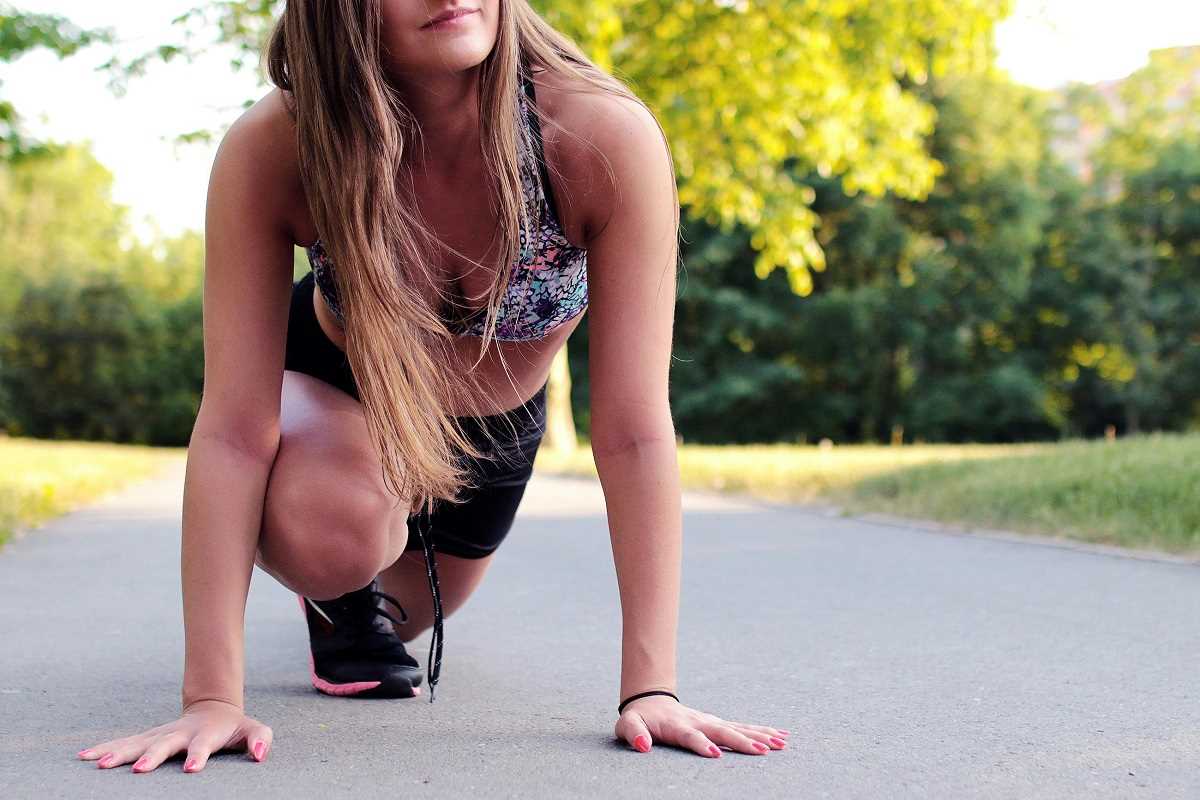 (Image via
(Image via